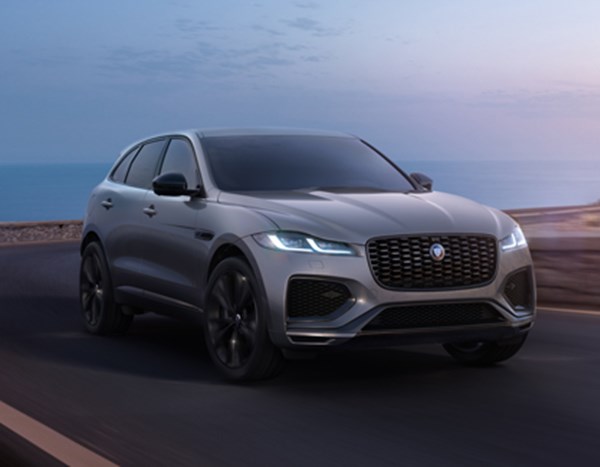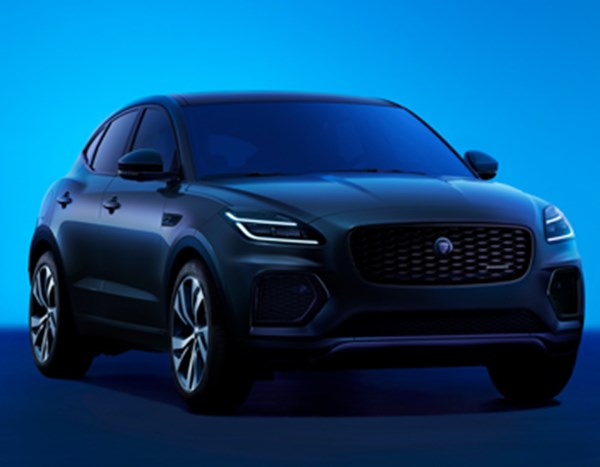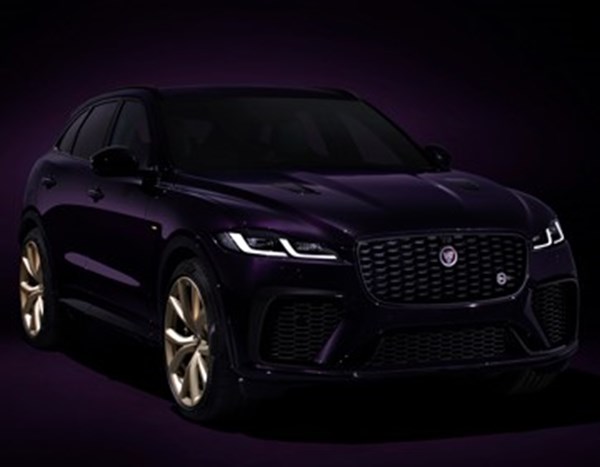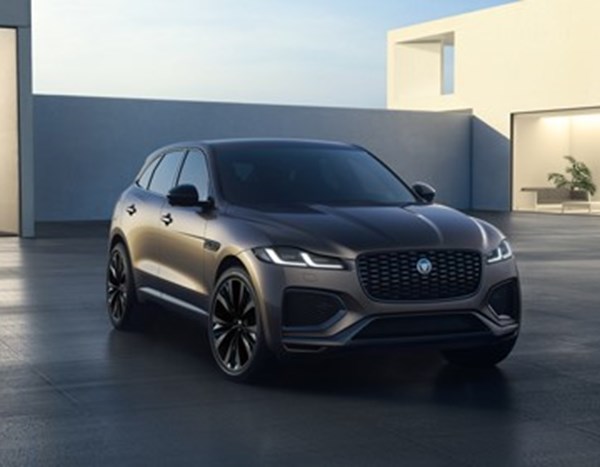The New All-Electric Jaguar I-PACE: Ownership FAQ's
Behind the wheel of New All-Electric Jaguar I-PACE, the world feels full of possibilities. Thrilling to look at and drive, easy to live with and connected like never before, it’s a vehicle that truly has everything – but how is ownership of an All-Electrical vehicle different from your petrol or diesel car? We answer some questions you might have below surrounding Jaguar I-PACE charging, driving range, the battery, safety, maintenance and accessories.
Q: Will an electric vehicle have enough range for my journey?
A: Range will not be an issue for most drivers. I-PACE has a range of up to 298 miles on the WLTP (Worldwide harmonised Light vehicle Test Procedure) cycle, meaning that, based on the average commute, many owners will only need to charge once a week.
Q: What factors affect range?
A: Range can be affected by a number of factors, including external temperature, operating the heating or cooling systems and the speed at which you are driving.Q: If the battery runs out of charge, will the car just stop?
A: I-PACE has a battery management system which will provide energy information as your range depletes. Where necessary, Eco Mode will be deployed, helping you to extend your range by identifying vehicle systems which can be turned off, such as Climate Control and heated windscreens.
Q: Does temperature affect the battery?
A: Batteries can be stored as low as -40°C, but must be plugged in and heated to -20°C before driving. In long-lasting hot or cold temperatures an electric vehicle’s range is reduced because energy is required to keep the battery at an efficient operating temperature. Energy is also needed to warm up the cabin when the temperature is low.
I‑PACE features state-of-the-art thermal management systems to optimise battery performance in warmer or cooler temperatures.
Q: Does the Jaguar I-PACE battery have a warranty?
A: The Jaguar I-PACE 90kWh battery warranty is limited to 8 years or 100,000 miles (160,000km) (whichever comes first). It is redeemable in the case of any manufacturing defect or should a certified Jaguar Retailer measure that the battery has dropped below a 70 per cent State of Health.
Q: How are electric vehicles charged?
A: I‑PACE’s battery is charged via the car’s plug-in charge point, which is located behind the front wheel arch. Once plugged in with the Jaguar I-PACE charging cable, you are free to leave I‑PACE to charge. The vehicle will automatically stop charging when it reaches full charge.
For optimum charging at home, you can install an approved Jaguar wall box. I‑PACE is equipped with a 7kW single phase AC onboard charger, which can fully charge the vehicle overnight and deliver up to 22 miles of range per hour. When using a domestic socket, charging rates are slower than a wall box (up to 7 miles of range per hour) but are sufficient to cover the average daily commute of 38 miles if the vehicle is charged overnight. Industrial (IEC) sockets (or upgraded domestic sockets) can charge up to 22 miles of range per hour.
When away from home, the best way to get a quick top up of your battery’s charge for those long journeys is with a public DC charger – a typical 50kW charger can deliver up to 168 miles of range per hour. As the public charging infrastructure improves, I‑PACE is equipped to accept up to a 100kW DC charge rate for improved charge time. Depending upon the service provider, public AC chargers can have a range of outputs. You can also find convenient charging points at places you may want to stay for several hours – or even overnight – including local shopping centres, hotels and gyms.
Q: What charging equipment will I need?
A: I-PACE comes equipped with a Multi-Function Charging Cable (also known as a Mode 2 Universal Charging Cable) that can be plugged directly into a domestic plug socket. This cable also includes an adapter which allows it to be used with an industrial connector (IEC) socket.fef
For optimum charging at home, you can install an approved Jaguar wall box. You can choose a wall box that is equipped with its own cable (referred to as 'tethered'), or without ('untethered').
Untethered wall boxes require you to have a Public Charging Cable (also knows as a Mode 3 Charging Cable), so called because this is also the cable that you will require in order to use AC public charging stations. Every I-PACE comes with a Public Charging Cable (Mode 3 Charging Cable) as standard.
Q: Who can install a wall box for me?
A: Jaguar have authorised wall box suppliers and installers for all markets in which I‑PACE is available. We are available to advise on the best solutions for you. Please consult your local Lloyd Jaguar Retailer for further information.
Q: How do I find charging stations?
A: You can use I-PACE’s in-car navigation while you are driving, or the Remote app to find charging stations before you travel.
Q: Can electric vehicles be charged in the rain?
A: Yes. Customers and bystanders are not exposed to any risk of electric shock.
Q: Can I use an electric vehicle in a car wash?
A: Yes. Electric vehicles are designed and tested to the same standards as conventional combustion engine vehicles.
Q: What happens if I get caught in a flood?
A: I-PACE has a wading depth of 500mm and features safety systems designed to deal with a flood situation.
Q: Are electric vehicles difficult to maintain?
A: Compared to a vehicle with an internal combustion engine, electric vehicles require less maintenance as they have fewer moving parts. In other words, there is less that can wear out. Contact your nearest Lloyd Jaguar Retailer to ask their Aftersales Team for more information.
Q: Can I enhance my I-PACE with accessories?
A: We have a unique range of accessories designed to help you enhance your I-PACE and add that personal touch, in any way you like. From functional features that support its SUV levels of practicality, to stylish extras for an exquisite, finishing touch, each item helps you tailor I-PACE exactly to your tastes and lifestyle.
View the I-PACE accessories brochure by clicking here.



